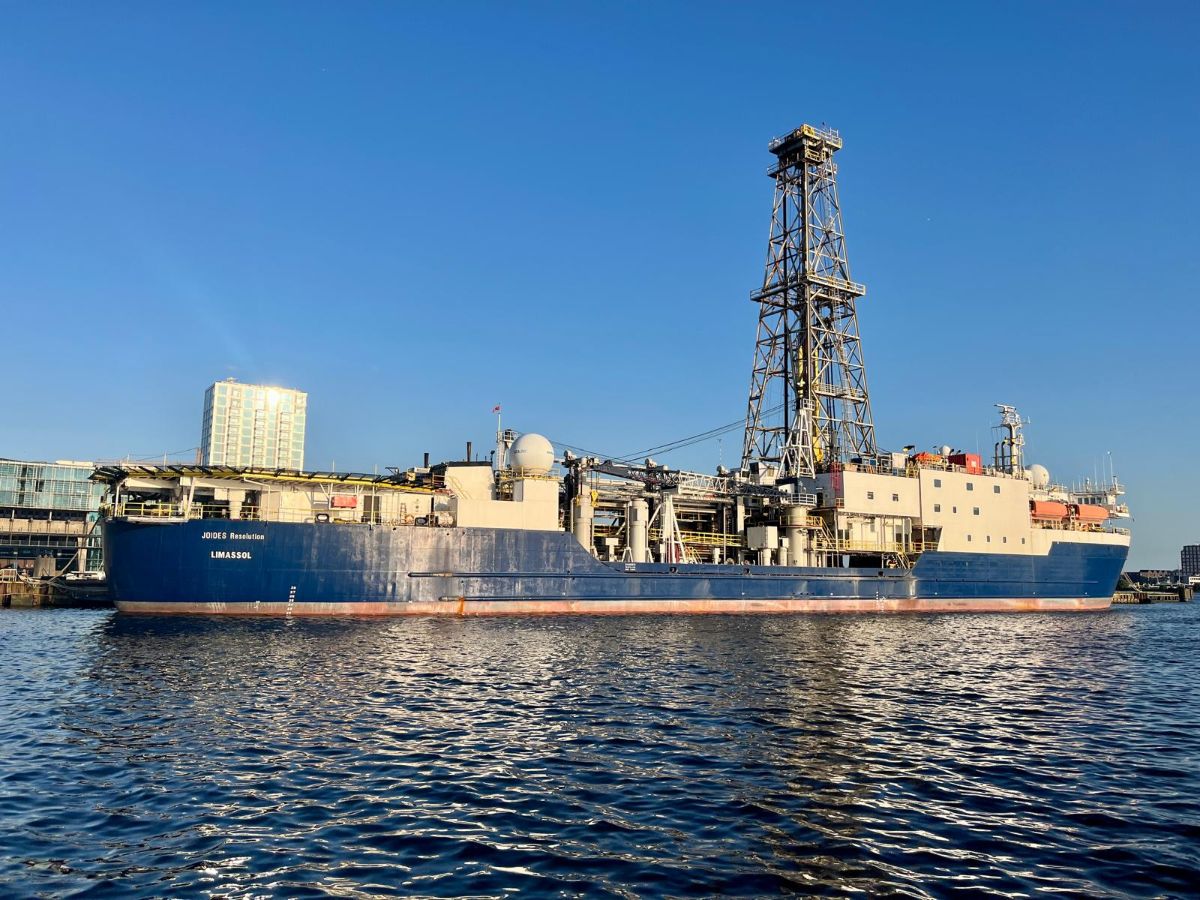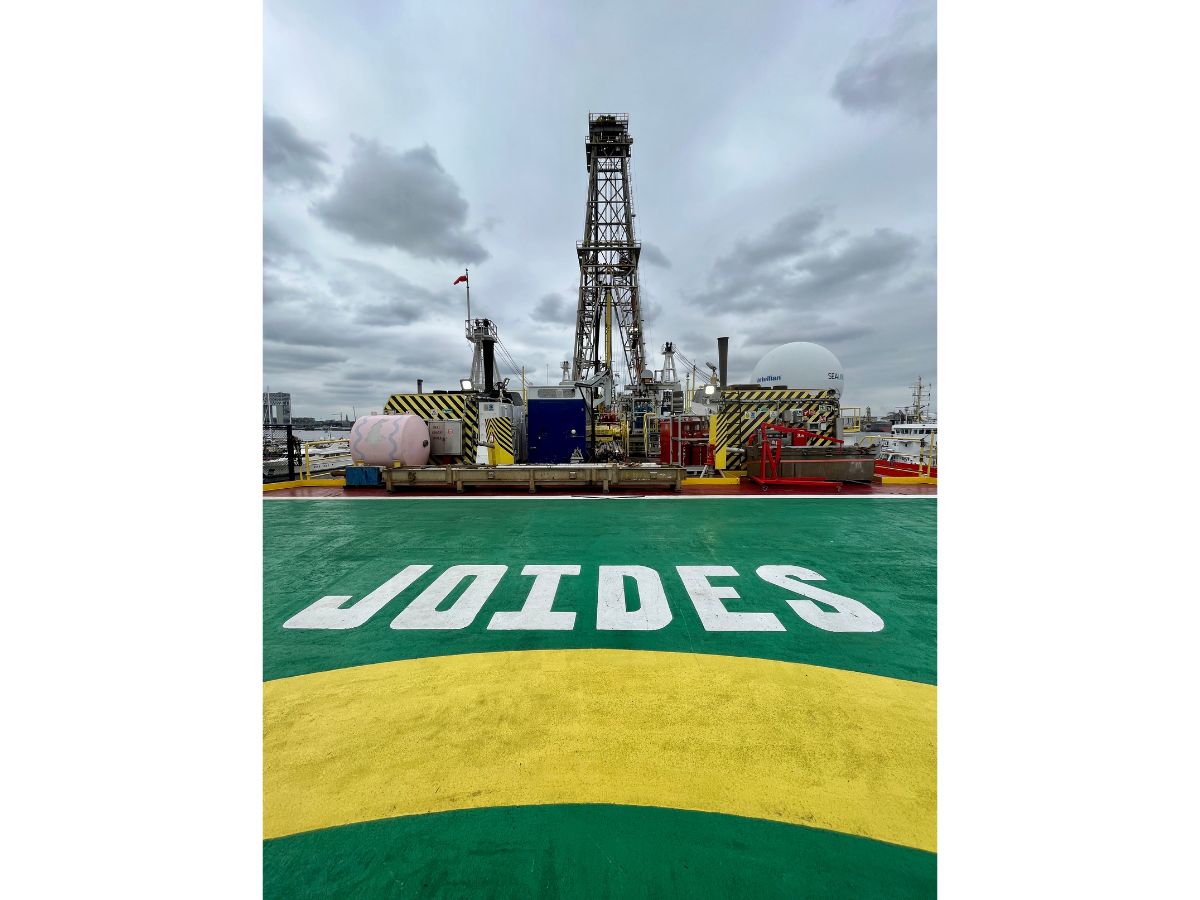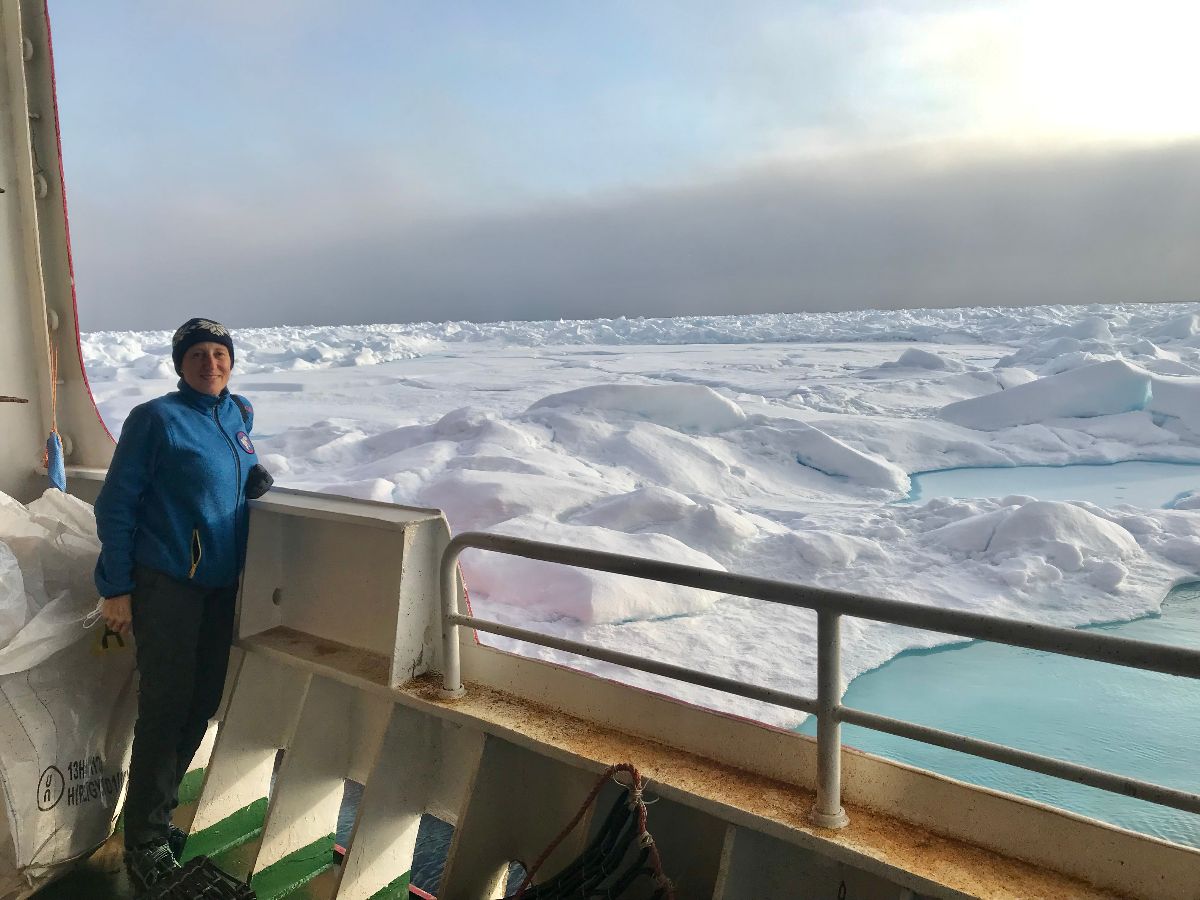
The FRAME project begins to study the variability of the Atlantic current
Expedition number 403 of the International Ocean Discovery Programme IODP (IODP Exp-403) began in the port of Amsterdam. On board the scientific drilling vessel JOIDES Resolution, Renata Giulia Lucchi, researcher at the National Institute of Oceanography and Applied Geophysics - OGS, is coordinating the FRAME project, the Eastern Fram Strait Paleo-Archive, together with Kristen St. John from James Madison University.
The aim of the two-month expedition is to reconstruct the variability of the North Atlantic Water and its influence on climate change and the development of the cryosphere from the late Miocene 5.3 million years ago.
Over millions of years, sediments have accumulated along the western edge of the Svalbard Islands, creating bathymetric reliefs that geologists refer to as "sediment drifts". These sedimentary deposits were generated and shaped by the transport of the North Atlantic Water which was fueled by the contribution of biological activity in the sea and by the sediments provided by the advance and retreat of the glacial cover that covered the nearby Svalbard Islands and the Barents Sea. For this reason, the sediment shifts represent a kind of natural archive, recording the oceanographic and paleoclimatic changes over millions of years.
The aim of the FRAME project is to collect samples of sediment drifts in order to obtain information that can be used to reconstruct the history of interactions between the atmosphere, ocean and cryosphere during past climate transitions.
The expedition plans to drill six major boreholes along the western edge of Svalbard to collect samples from the late Miocene at depths of up to 738 meters below the seafloor. The data collected will be used to create realistic climate models to make predictions about future temperature fluctuations and the stability of the current ice sheets.


